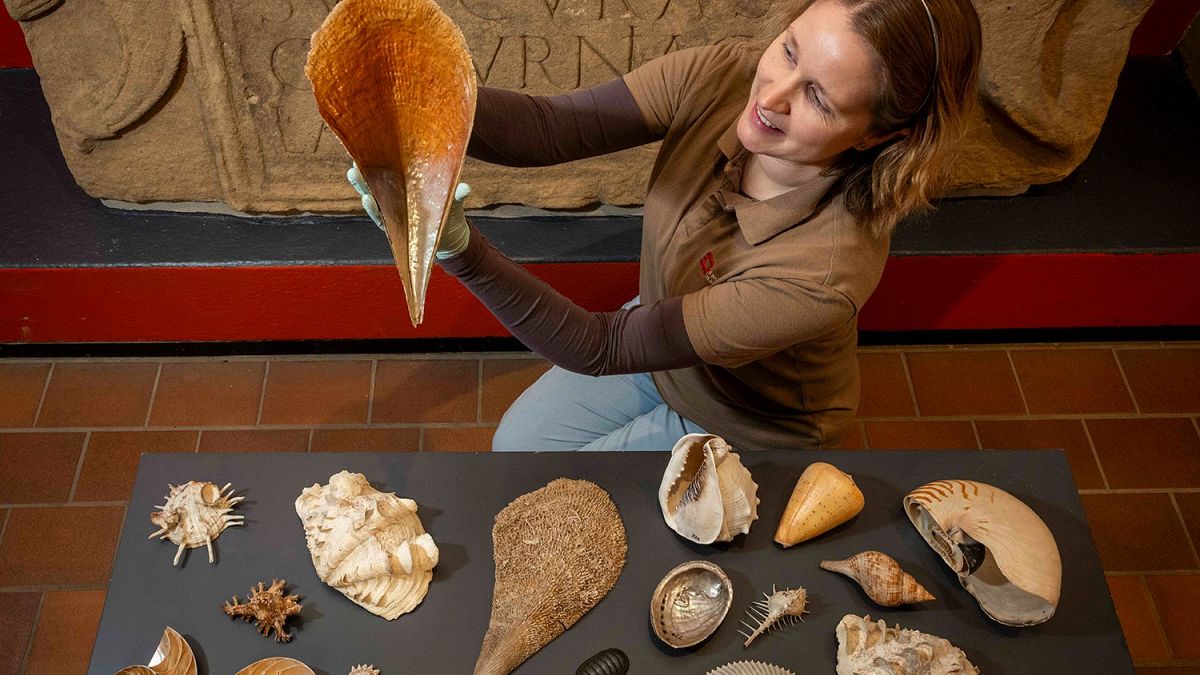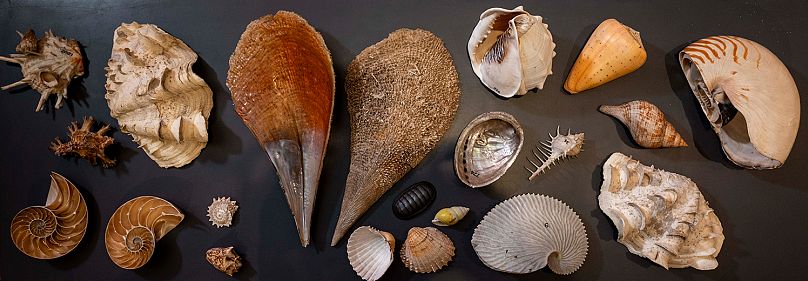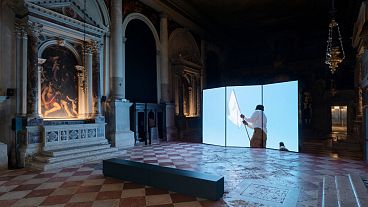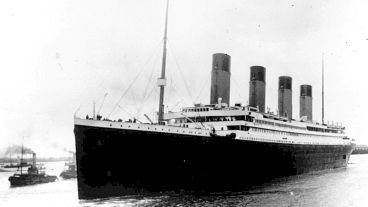A 'globally important' shell collection rescued from a skip containing gems from Captain Cook’s third voyage will go on show from today in Northumberland, England, after they were believed to have been lost for more than 40 years.
The shells collected during Captain Cook's ill-fated third voyage are set to go on display in Northumberland, England, where visitors can see them for the first time in 100 years and learn about their rescue from a skip.
Captain James Cook was an 18th-century British explorer, navigator, and cartographer known for his three voyages to the Pacific Ocean. His voyages played a crucial role in advancing geographical knowledge, scientific understanding, and trade routes.
The collection recovered has more than 200 artefacts, including some shells from extinct species and several which were sent back to Britain during the famous explorer's final voyage which resulted in his death in 1788.
What do we know about Captain Cook's shells?
Cook's collection was passed down from a collector Bridget Atkinson (1732-1814) to her grandson, John Clayton (1792-1890) before being sold in 1930. The shells ended up in a museum, and were subsequently loaned to Armstrong College, now Newcastle University.
In the 1980s, the shells were thrown out during an office clear-out at the university. Thought lost forever, it has now been revealed that a passing lecturer, Dr John Buchanan, rescued the shells from a skip.
The shells have now returned to the museum at Chesters Roman Fort after they were donated to English Heritage by the Buchanan family.
Amazed by the recovery of the hells, Dr Frances McIntosh, English Heritage's Collections Curator for Hadrian's Wall and the North East, says: “We've always known about Bridget Atkinson's collection but had believed it completely lost.”
“To discover that the shells have not only survived but been kept safe and loved all this time is nothing short of a miracle.”
From seaside beauty to museum chic
The upcoming exhibition promises a diverse array of shells, each with its own unique story. Amongst the shells set to go on display is a thorny oyster, which in an 1804 letter, Bridget begged her son Matthew, who was then based in Jamaica, to obtain for her.
Others include a 'Sunburst Star Turban', from New Zealand, which was sent to Bridget by George Dixon while he was serving as armourer under Captain Cook during his third voyage on HMS Resolution.
A third is a giant clam described as “the largest bi-valve in the world” which now has international CITES protection.
Another spectacular shell is the ‘chambered nautilus’ - the animal that lived inside this shell is said to have had around 90 tentacles that would have lived in the outer chamber of the shell and, as it grew, it created larger chambers, each time sealing off the vacated one.
The collection will be displayed at Chesters Roman Fort, near Chollerford, in Northumberland from today, Wednesday 13 March.




